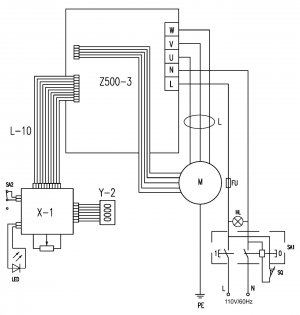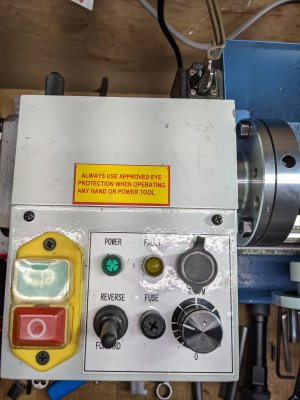Getting frustrated by some of the old cheap tooling that I have. I took a "low quality, otherwise known as HF" M6x1 die and it loosely spins on both a known good M6x1 screw and my SPT M6x1 rod. A known good M6x1 nut spins on the known good M6x1 screw, (more snuggly than the die) but not on the SPT M6x1 rod. The nut jams after 4-5 threads. So the die is "loose" and probably is not in spec. I have a corresponding cheezy M6x1 tap, from the same tap and die set, and it's too large to go through the known good M6x1 nuts. Clearly this is a tolerance issue. The HF tap is consistent with the HF die, meaning it too is sloppy and out of spec. Since the tap (and die) are tri-lobed, there's no direct way for me (that I know of) to measure them for major or minor diameter. Is there a way to measure tri-lobed stuff?
The major diameter of the SPT rod is slightly smaller than the quality screw, so I think this is telling me that the pitch diameter is still too large. The die is too large, it cuts no threads on the SPT rod, so I have to match the thread and continue to SPT it deeper. Been more of an education than I bargained for. Quite the introduction to tolerances... Back to the lathe.



